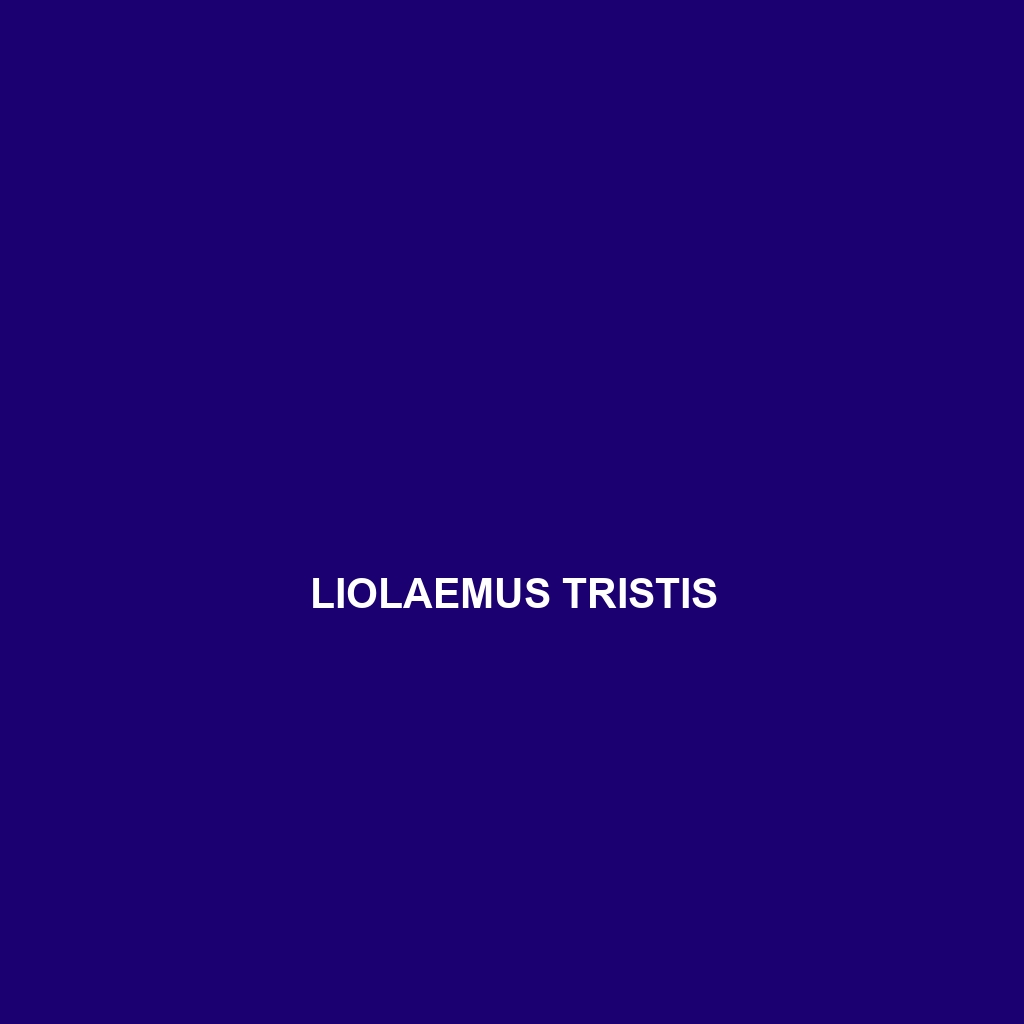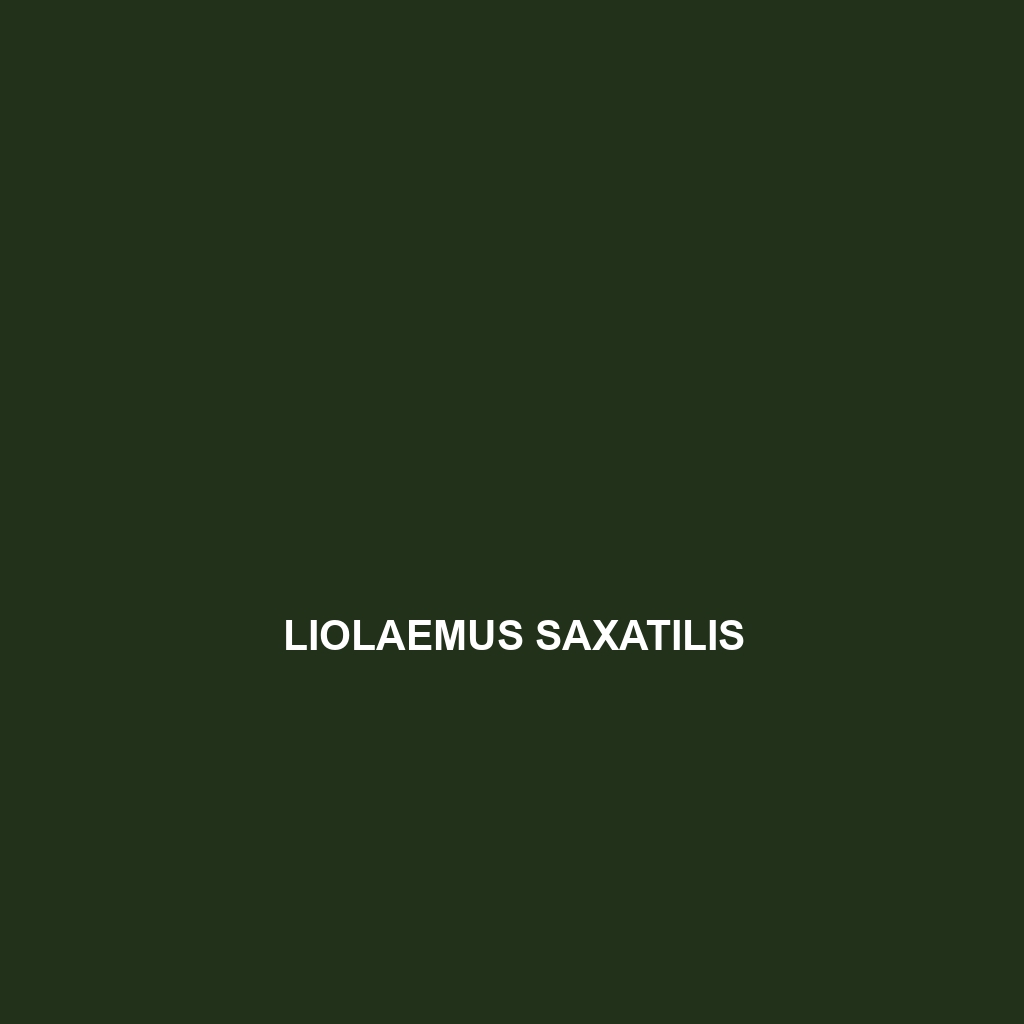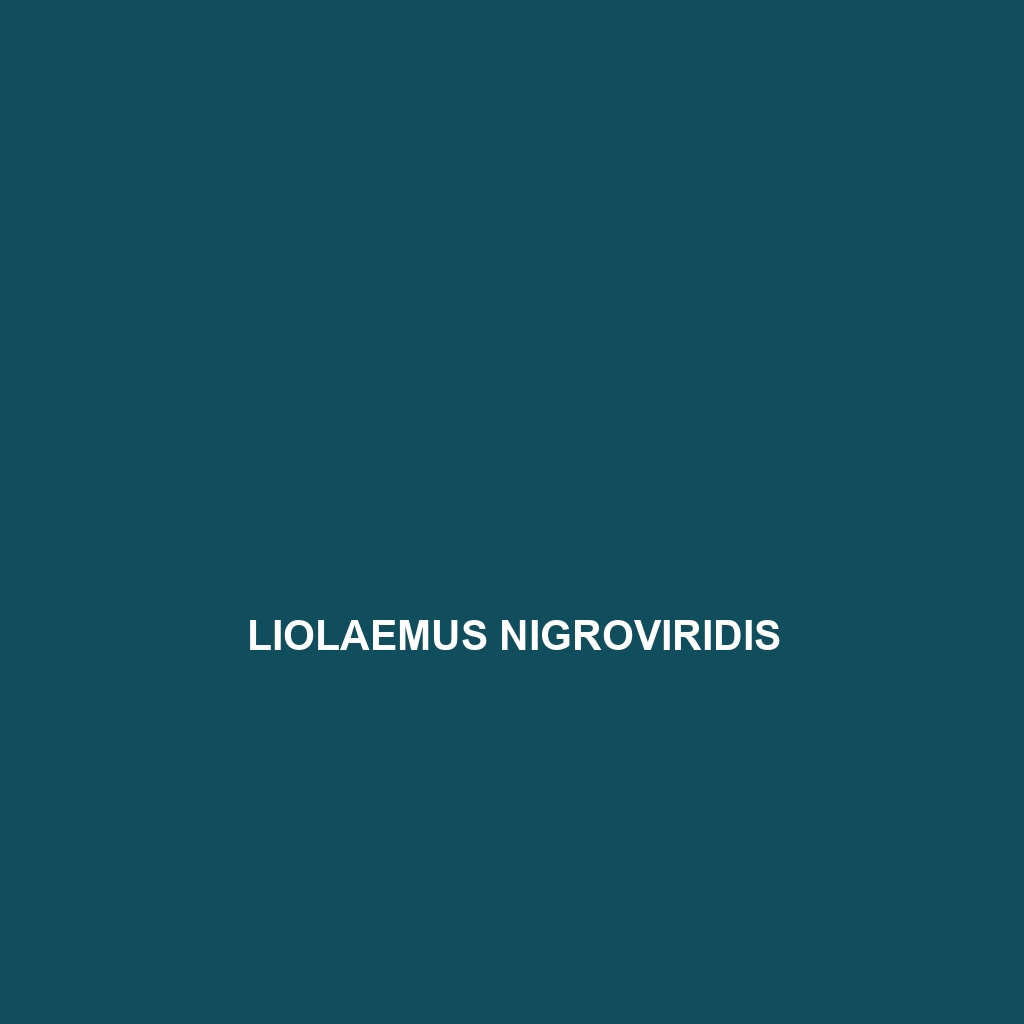<p><b>Liolaemus tristis</b> is a slender lizard native to the temperate forests and grasslands of central Chile and Argentina, characterized by its dark brown to olive green coloration, diurnal foraging habits, and territorial behavior. As an insectivore, it plays a crucial role in controlling insect populations within its ecosystem, while its live-bearing reproductive strategy ensures the survival of its young in a variety of habitats.</p>
Tag: rocky terrain lizards
Liolaemus tari
Discover the fascinating Liolaemus tari, or Tari's Lizard, known for its vibrant coloration and unique adaptations to South America's diverse habitats, particularly in the Andes. This diurnal insectivore plays a vital role in its ecosystem, regulating insect populations while exhibiting remarkable camouflage and social behaviors.
Liolaemus tacnae
<p><b>Liolaemus tacnae</b> is a captivating lizard species native to the high-altitude regions of the Andean mountains in northern Chile, notable for its colorful scales, distinctive dorsal crest, and adaptability to rocky alpine environments. Inhabiting areas with sparse vegetation, these insectivorous lizards play a crucial role in their ecosystem by controlling insect populations and serving as prey for larger animals.</p>
Liolaemus saxatilis
The Liolaemus saxatilis, commonly found in the arid regions of northern Chile, particularly the Atacama Desert, is a slender lizard characterized by its striking colors and banding patterns. Adapted to a diet mainly consisting of insects, this diurnal species plays a vital ecological role in controlling insect populations and maintaining ecosystem balance.
Liolaemus rothi
Discover the Liolaemus rothi, or Roth's Liolaemus, a vibrant lizard native to the Andean mountains of Chile and Argentina. This 7 to 10 inch species thrives in diverse habitats, exhibiting unique behaviors like live birth and territorial displays, while playing a critical role in controlling insect populations within its ecosystem.
Liolaemus punmahuida
The Liolaemus punmahuida, or Patagonian lizard, is a vibrant, omnivorous reptile found in the temperate forests and scrublands of Patagonia, characterized by its striking coloration and powerful limbs. This diurnal species plays a crucial role in its ecosystem by controlling insect populations and contributing to soil health.
Liolaemus puelche
Introducing the Liolaemus puelche, a remarkable lizard from the temperate forests and grasslands of Patagonia, characterized by its agile body, unique coloration, and diurnal behavior. This species thrives in cool climates, primarily feeds on insects, and plays a vital role in maintaining ecosystem balance.
Liolaemus petrophilus
<p><b>Liolaemus petrophilus</b>, commonly found in the rocky terrains of the Andean regions, is a moderately sized lizard measuring 12 to 22 cm, known for its earthy coloration and territorial behavior. As an insectivore, it plays a vital role in controlling insect populations while exhibiting unique adaptations for camouflage and thermoregulation in its semi-arid habitat.</p>
Liolaemus pachecoi
Discover the fascinating Liolaemus pachecoi, a small, diurnal lizard endemic to the rugged Andes of northern Chile and Argentina, known for its vibrant coloration, unique camouflage, and role as both predator and prey in its alpine ecosystem. This resilient species thrives in temperate forests and rocky outcrops, maintaining ecological balance as it primarily feeds on insects while adapting to its challenging habitat.
Liolaemus nigromaculatus
Discover the Liolaemus nigromaculatus, or black-spotted lizard, a medium-sized, insectivorous species native to the temperate regions of South America, distinguished by its striking dark brown or gray body adorned with black spots that provide excellent camouflage in rocky habitats. Thriving in diverse environments, this diurnal lizard plays a crucial role in regulating insect populations while exhibiting fascinating reproductive behaviors and seasonal adaptations.









